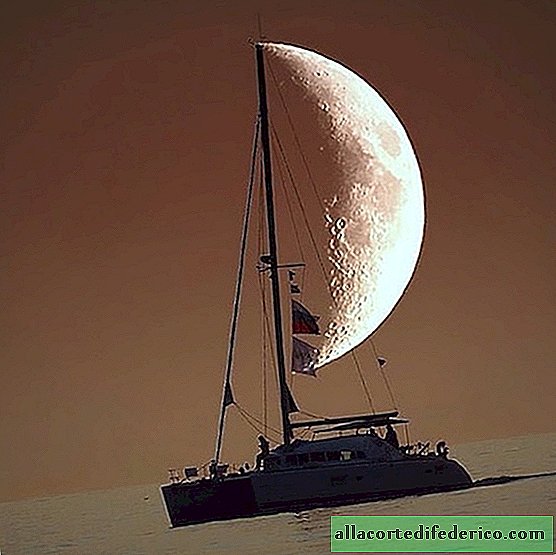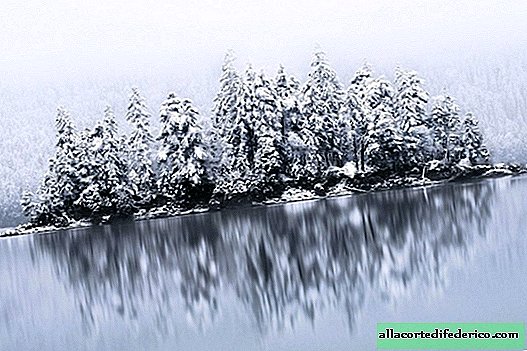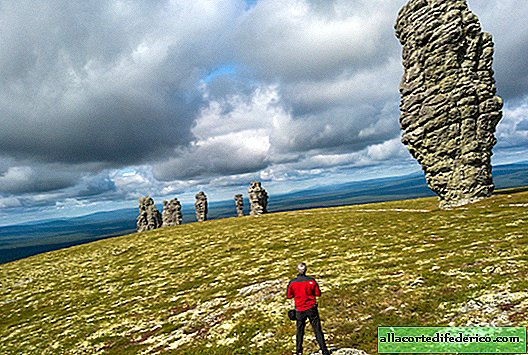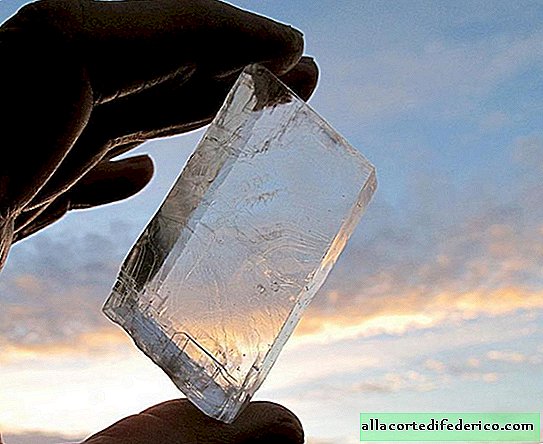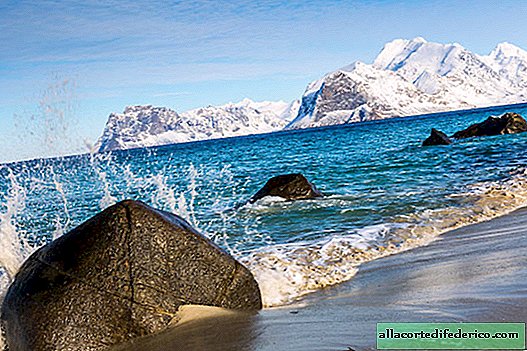Anomalous heat and unprecedented melting of the ice of Greenland
Back in early May, NASA employees recorded an abnormally large amount of meltwater on the island of Greenland, indicating a rapid reduction in the ice sheet. Seasonal fluctuations in the area of ice on the island occur annually, but it was in this year that Greenland began to melt before the start of summer, and the area affected by melting of ice exceeds all the values recorded in previous years.
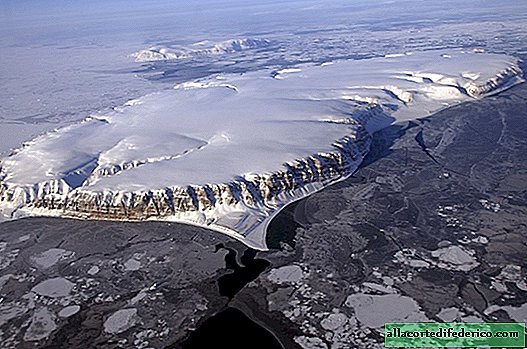
Until recently, about 80% of the island was covered by glaciers, and the Greenland ice sheet was the largest in the northern hemisphere and the second largest after the Antarctic. But in recent decades, scientists have noted a sad trend: summer melting of ice is no longer offset by its formation in the winter. Since scientists began collecting satellite images of the island in the 80s of the last century, they have accumulated enough information for analysis. Experts note that the current rate of reduction in the area of ice cover exceeds the level of 30 years ago by 6 times.

Scientists attribute this process not only to a general increase in air temperature in the Arctic caused by global warming, but also to general changes in atmospheric circulation in the North Atlantic. These climatic changes, called the North Atlantic fluctuations, lead to the fact that warm air masses penetrate the west of Greenland and an anticyclonal weather regime is established. Cloudless weather, along with elevated air temperatures, leads to intense melting of ice, which climatologists observe this century on the territory of Greenland.

The melting of the Greenland ice sheet itself is certainly sad. This process affects dozens of species of animals living on the territory of the ice island, including reindeer, musk ox and polar bears. But do not forget that this problem has another side - raising the level of the oceans. The fact is that the ice cover of Greenland has not only a large area, but also a significant height reaching 2.5-3 kilometers in the central part of the island. Due to the enormous volumes of water flowing annually into the ocean, scientists predict that the contribution of Greenland to rising sea levels can be quite significant. If the current rate of ice melting continues today, then in the next 200 years, thanks to Greenland, from 0.5 to 1.6 meters of water will be added to the ocean. And if all the ice in Greenland melts, the level of the oceans will rise by 7 meters.

This year, abnormally high air temperatures are observed over the North Atlantic. Climatologists already this week predict 40-degree heat in many European countries, from sunny Spain to Poland. Greenland was also in the grip of the heat wave, and Danish climatologists, who annually make expeditions deep into the island, were forced to sail in a sleigh this year instead of gliding over the ice. An interesting and at the same time terrifying picture was shared on the network by one of the participants of the expedition, in which sled dogs run through the water formed over the ice cover.


